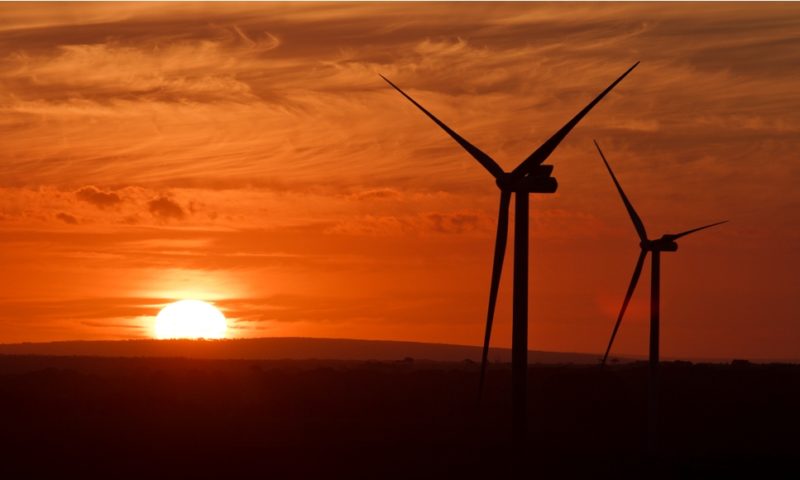It is reliably learnt that the Union ministry of new & renewable energy (MNRE) is planning to do away with the process of e-reverse auctions (e-RA) for renewable energy projects – mainly wind and solar.
The rationale behind this proposed move is to remove the unhealthy competition that the bidding process potentially witnesses, due to the e-RA element.
In a typical solar or wind project that is awarded through the competitive bidding mechanism, bidders submit their price bids and are ranked in terms of the tariffs quoted. This gives rise to the L1 bidder – the one with the most competitive bid – followed by the succeeding L2, L3, etc. In the context of tariff-based bidding, the L1 bidder is the one quoting the lowest tariff at which he is willing to sell power generated from the project under bidding.
Once the initial price bid submission is completed, bidders undergo the e-RA round where every bidder is given a chance to match the L1 bid. It is here that aggressive bidding by all bidders, including the L1 bidder, kicks in. The price bids after the e-RA process, due to the fierce competition, undergo a dramatic shift.
The final winner (after the e-RA process) could be any of the bidders, not necessarily the L1 bidder, and the winning tariff could be way below the L1 bidder’s quote.
Such aggressive bidding, where tariffs could border on non-viability, might suit the power procurement agency. However, the potential situation of bidders offering “rock-bottom” quotes simply with the objective of winning a project is not in universal interest. Time and cost overruns, which are ingrained in any project, can result in a situation where the developer simply cannot honour the tariffs committed. If this happens, the entire downstream value chain gets adversely impacted.
E-reverse auctions are part of any power procurement drive, including power transmission projects that are awarded under the tariff-based competitive bidding (TBCB) route. Unrealistic aggression witnessed in the e-RA stage may result in established bidders staying away from the bidding process, even after submission of their initial price bids. It is roughly estimated that final bids (post e-RA) are 20 per cent lower than the L1 bid.
All said, the e-RA process is aimed at bringing tariffs to the lowest level possible. There is nothing wrong or unacceptable in this philosophy. However, any effort made to keep the final bids within the realms of viability, is always welcome.
Scrapping the e-RA routine is also not a bad idea. Bidders are well aware of the competitiveness and would yet work out their price bids keeping in mind project-specific factors. Such well-derived price bids, one can assume, would be viable as they are not the result of unrealistic last-minute aggression.
(The author of this article, Venugopal Pillai, is Editor, T&D India, and may be contacted on venugopal.pillai@tndindia.com. Views are personal.)

